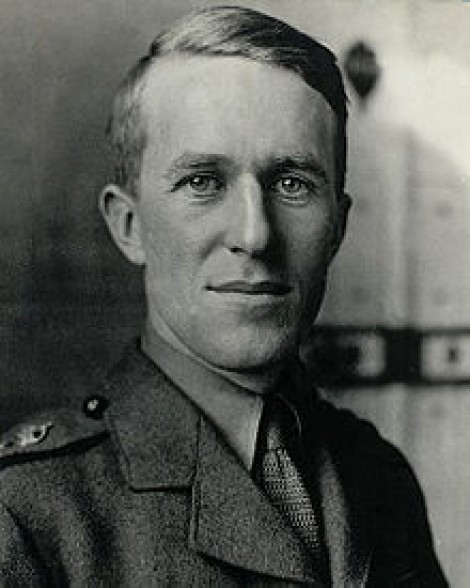LAWRENCE, T.E.
"The printing press is the greatest weapon in the armoury of the modern commander."
Even as a teenager Thomas Edward Lawrence was fascinated by all things archeological and studied the monuments and antiquities of his local area, presenting his findings to the Ashmolean Museum, Oxford. In 1909, whilst studying for his History degree at Jesus, Lawrence travelled to Syria where he spent 3 months walking the path of the Crusader castles. The resultant thesis led to him working as a researcher at archeological sites in the Middle East, and by the time the first world war broke out, Lawrence had spent four years learning the language and customs of the area. He was seconded to the intelligence staff of the Arab Bureau, part of the UK Foreign Office, where his local knowledge and contacts helped him to persuade the Arab irregular troops to fight against the ruling Ottoman Empire. He worked closely with the Arab commander Emir Faisal in pursuing extended guerilla operations against the occupying Turkish Army, seeing in him the hope of a post war free Arabia.
His experiences during this time led to the writing of his magnum opus, a highly personal account of the Arab Revolt, known as The Seven Pillars of Wisdom. He rewrote the book three times, once from scratch following the loss of the manuscript on a train at Reading Station. His account, which originally ran to over 400,000 words, was privately printed for him by the Oxford Times in 1922, in an issue of only 8 copies. The positive response by Lawrence’s friends led him to consider publishing it to a slightly wider audience, but still only available by subscription to friends and acquaintances. Known as the Cranwell or Subscriber’s Edition, it was issued in an edition of only 200 copies, each one bound in a different way by leading binderies (an act that virtually bankrupted him). Lawrence vowed that the text would not be made publicly available in his lifetime. However, of financial necessity he authorised Jonathan Cape to publish a heavily abridged and sanitised version under the title of Revolt in the Desert in 1927, which stirred public interest to such an extent that it induced Cape to publish most of the full text within two months of Lawrence’s death in 1935. It became an immediate best seller with 100,000 copies sold in the remainder of that year alone, and has since gone on to be one of the most influential and highly regarded pieces of military and literary prose of the twentieth century.
Please scroll down to see our current stock of first editions by T.E. Lawrence.
Add to favourites
